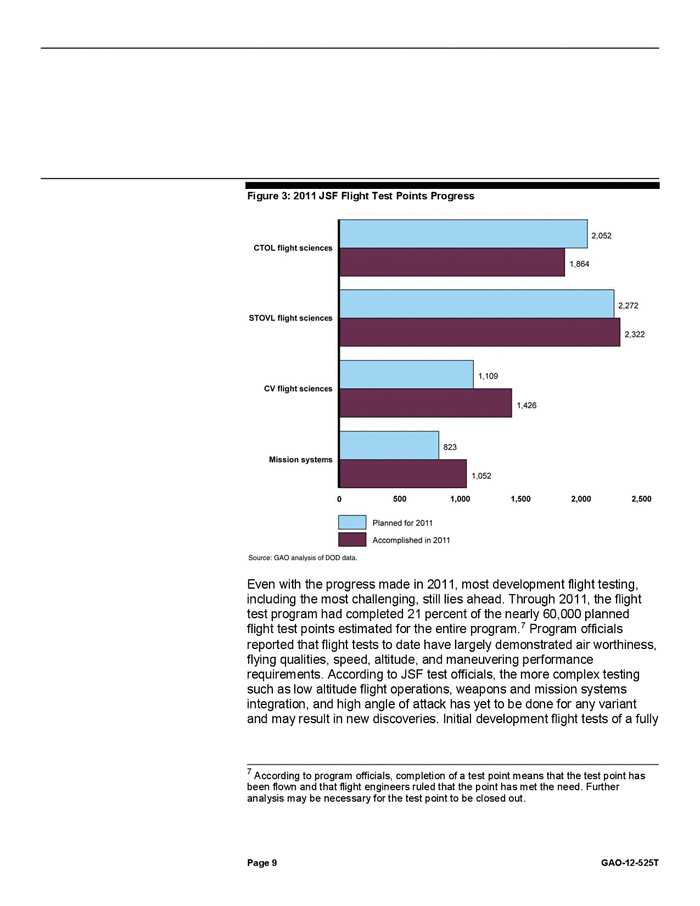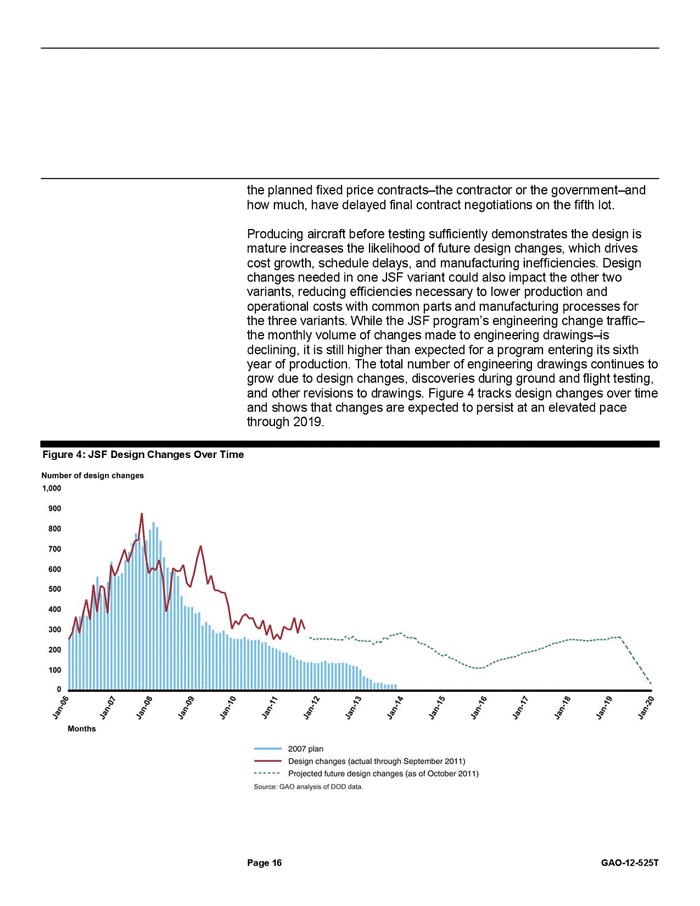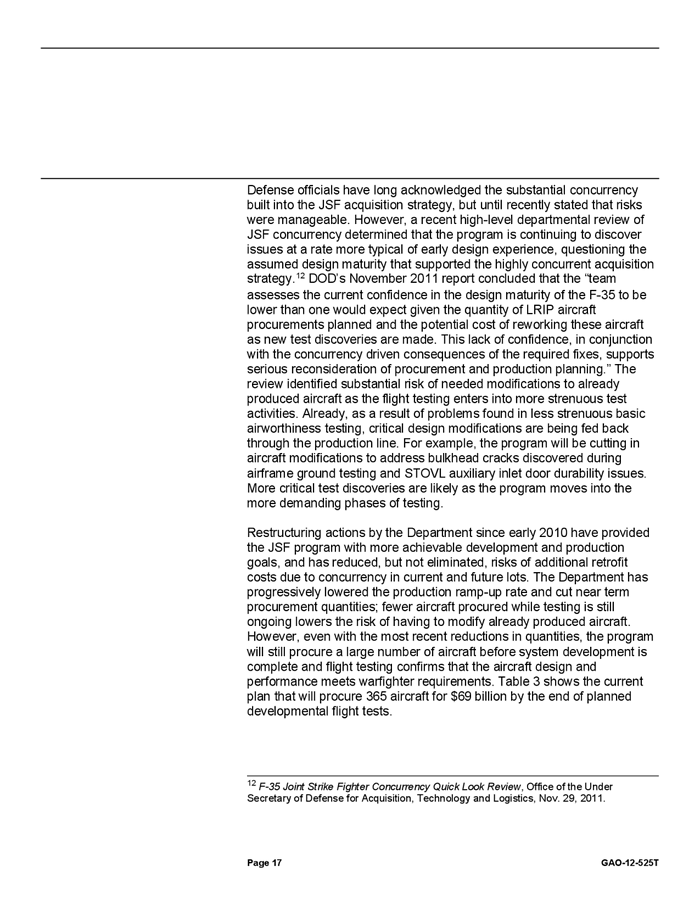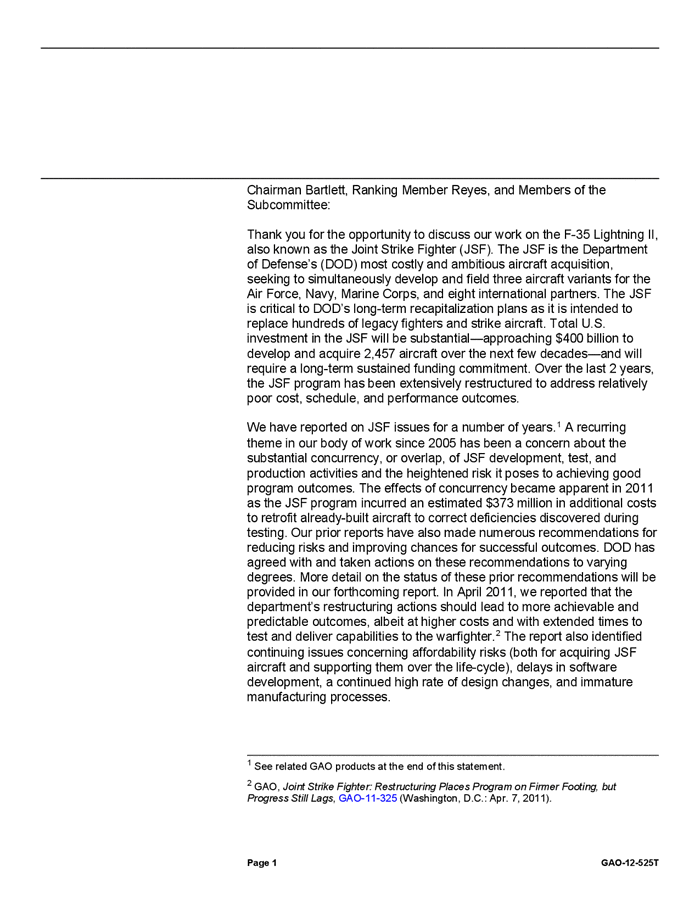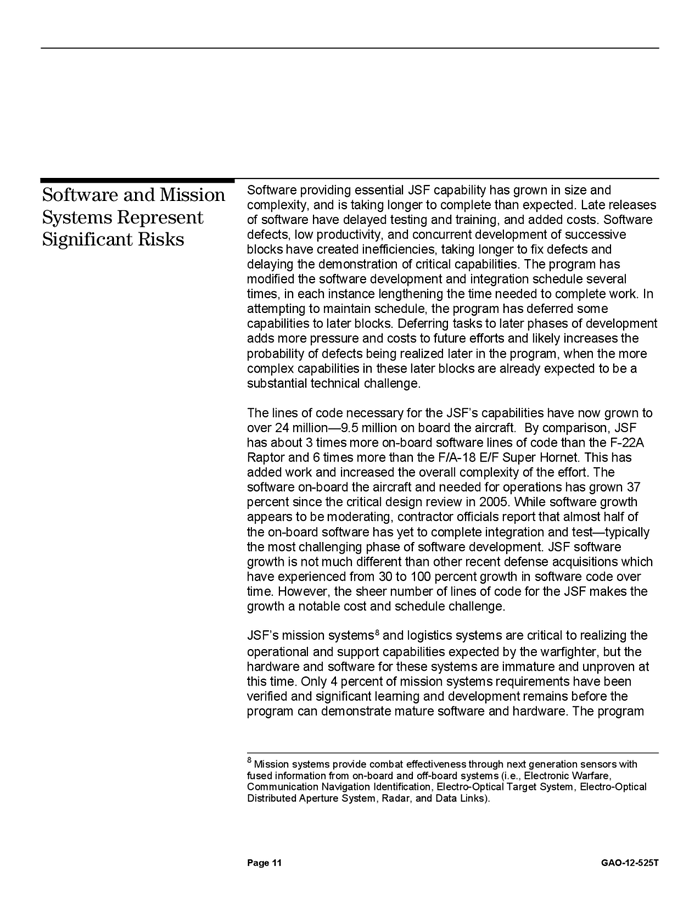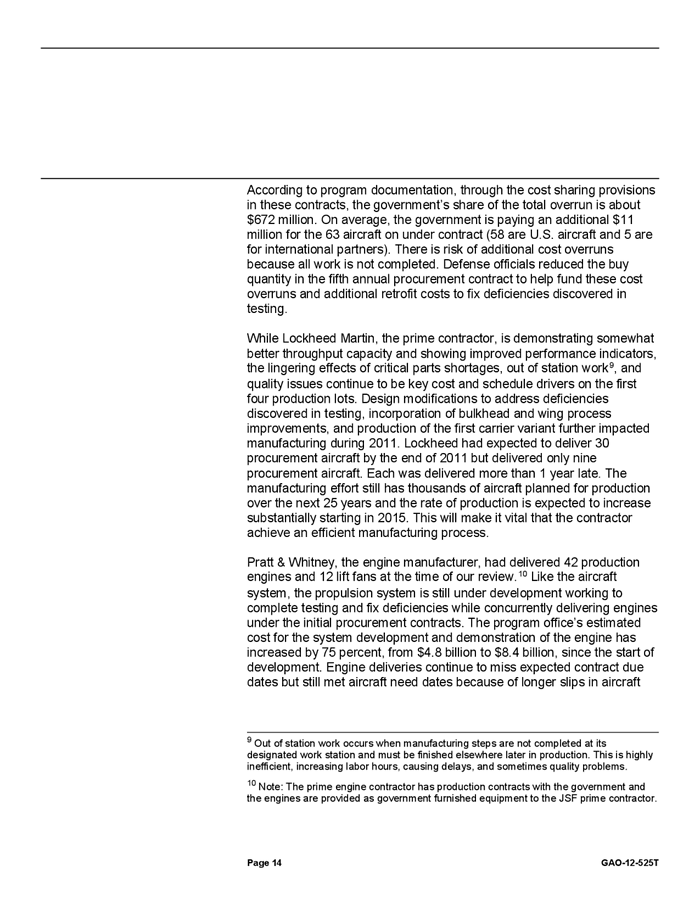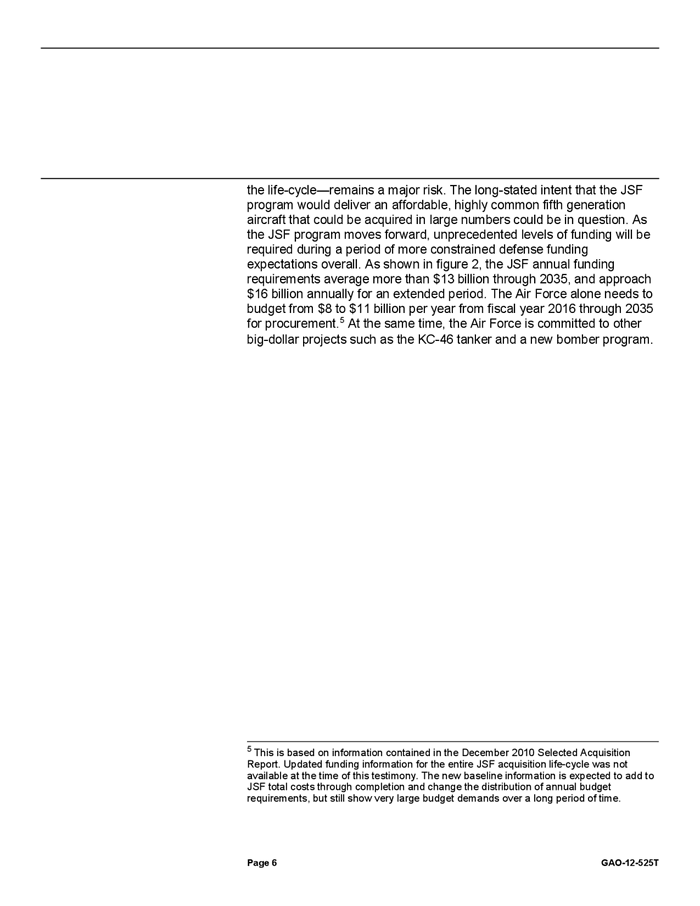When Palestinian farmer Jamil Darawsheh dipped his hands into the waters of a natural spring near his village this week, it was the first time he had done so in 10 years.
 |
| Palestinian farmer Jamil Darawsheh says Israeli settlers near the West Bank village of Awarta have blocked access to natural springs, which are critical sources of waters. |
He says he’s been too afraid to visit the site because of the threats and intimidation from Israeli settlers who live nearby.
A United Nations report released this week to coincide with World Water Day (March 22) found that Israeli settlers are blocking access to 30 natural springs – critical sources of water in the West Bank. The U.N.’s Office for the Coordination of Humanitarian Affairs also identified another 26 springs where Palestinians have limited access, because settlers are trying to exert control.
The spring sits high atop a hill, overlooking the Palestinian village of Awarta, not far from Nablus. Water trickles slowly from a spout into a rock-walled reservoir before making its way down to the fertile land in the valley below.
Darawsheh says he used to use this water to irrigate his olive trees on land surrounding the spring.
“Not one Palestinian from this village is using this water now,” he says. “When I look at this water, I see my land drying up, and I’m unable to help. It leaves me very bitter.”
Awarta residents say Israelis living in the nearby settlement of Itamar use the water to irrigate their own fields, while threatening Palestinians who try to access the resource for their own purposes.
Communities in conflict
Relations between the two communities are beyond bitter. The Palestinians say three men from the area have been killed by settlers in recent years. A year ago, five members of an Itamar family were killed in their homes. Two Palestinian cousins from Awarta are serving multiple life sentences for the crimes.
For the Palestinians, the spring is a symbol of how the Israeli occupation continues to affect their daily lives.
“We used to use this water. [The spring] was a great source of water for us. But whoever thinks of using it now is risking his or her life,” says Sami Awad, who heads the village council in Awarta.
 Sami Awad, who heads the village council in the West Bank village of Awarta, says anyone who considers using the natural spring is risking his or her life. (Derek Stoffel/CBC)
Sami Awad, who heads the village council in the West Bank village of Awarta, says anyone who considers using the natural spring is risking his or her life. (Derek Stoffel/CBC)
Conflicts between settlers and Palestinians happen regularly. The U.N. accuses settlers of not only blocking water resources but burning Palestinian olive groves and using threats and violence to keep farmers off their land.
“I think it’s very serious,” says Ramesh Rajasingham, who runs the U.N.’s Office for the Coordination of Humanitarian Affairs in the occupied Palestinian territories.
“Many farmers are either forced to cease cultivating the land as a result of the takeovers of the springs, or face a reduction in their productivity. So obviously they can’t irrigate as much as they would like to,” Rajasingham told CBC News.
Darawsheh estimates he has lost about 10,000 Israeli shekels ($2,600) because he was unable to irrigate new olive seedlings on his land. “This is an extreme case [of] how the occupation treats us with an iron fist.”
Springs as tourist attractions
The UNOCHA report states that the takeover of the springs appears to be another example of Israel’s efforts to exert more control over the West Bank, which the Palestinians want for a future state.
UNOCHA also says some settlers are trying to takeover springs by turning them into tourist attractions, by adding park benches and picnic tables and providing parking lots for visitors.
Rajasingham says not only is that illegal, but “when you have something like this and you encourage tourism – it somehow makes the situation seem normal.”
Israel’s military-run Civil Administration in the West Bank says the report is “distorted, biased and full of inaccuracies.”
“It must be emphasized that Israel completely fulfills its part in the water agreements signed” with the Palestinian Authority, a spokesman for Civil Administration wrote in a statement to CBC News.
Farmer Jamil Darawsheh doesn’t expect the U.N. report will change the settlers’ behavior. But he is optimistic nonetheless.
“One day hopefully we will be able to use this water. As long as we stay on our land, we shall persevere.”



